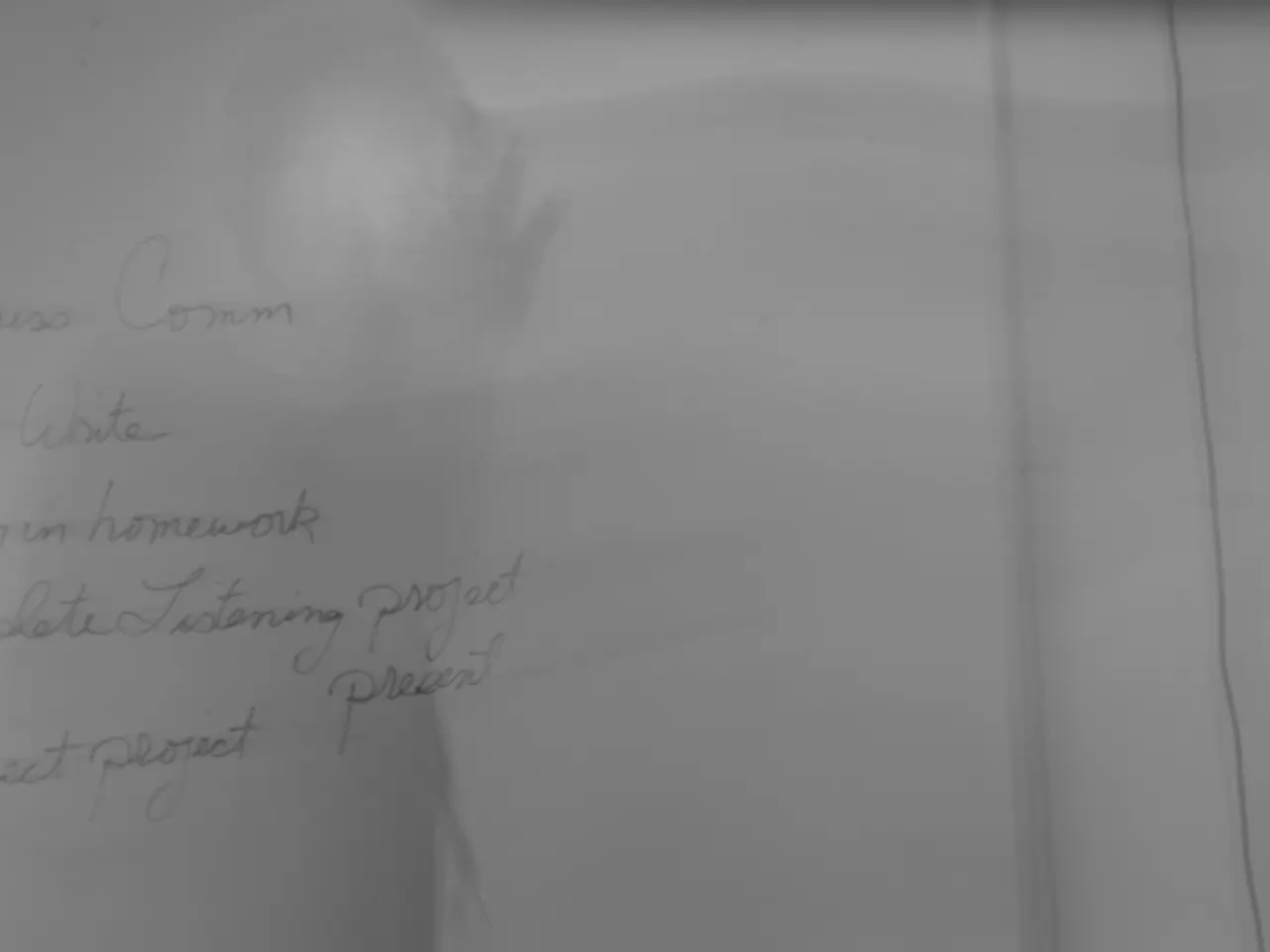Trade stalemate persists: Trump and China agree on 90-day extension for tariff suspension
The US and China have extended their tariff truce, as announced by President Trump on August 11, 2025, through an executive order. This extension will maintain the current tariff rates for another 90 days until November 10, 2025.
The tariffs on Chinese goods have been reduced from 145% to 30%, while those on US goods have been lowered from 125% to 10%. This halt in the planned surge of tariffs to rates as high as 145% on US duties and 125% on Chinese retaliatory tariffs will provide relief for businesses on both sides.
The extension aims to avoid economic disruption during the critical peak shipping and holiday retail season, offering more certainty for medium- and long-term planning for companies, particularly US businesses dealing with China.
The suspension of the additional ad valorem tariffs (percentage-based tariffs) imposed on Chinese goods under earlier executive orders has been continued, preventing the activation of higher rates that would have been reinstated on August 12, 2025.
President Trump confirmed that “all other elements of the Agreement will remain the same,” meaning no substantive change to the tariff structure or conditions aside from extending the suspension itself.
The extension follows multiple rounds of intensive negotiations over the summer of 2025, including technical and high-level political talks held in London and Stockholm. Although no final comprehensive deal was reached, these talks focused on tariff suspension mechanisms, agricultural market access, and intellectual property protections, laying groundwork for the truce extension.
The US cited that China continued to take steps addressing non-reciprocal trade arrangements and US economic and national security concerns, though final resolutions remain pending. The executive order explicitly states it does not create any enforceable legal rights or benefits for any party, indicating this is a temporary measure rooted in executive discretion rather than treaty obligations.
The Office of the US Trade Representative bears the publication cost of the order. It's important to note that this extension signals continued diplomatic efforts but leaves core trade disputes unresolved, likely extending trade tensions into the future.
[1] White House Press Release, "President Trump Announces Extension of Tariff Truce with China," August 11, 2025. [2] Office of the United States Trade Representative, "Fact Sheet: Extension of the Tariff Truce with China," August 11, 2025. [3] White House Executive Order, "Extension of the Tariff Truce with China," August 11, 2025. [4] Bloomberg News, "Trump Extends Tariff Truce with China as Talks Stall on Key Issues," August 12, 2025. [5] Financial Times, "US and China Agree to Extend Tariff Truce Amid Ongoing Negotiations," August 12, 2025.
- The extension of the tariff truce between the US and China has been welcomed by businesses in both countries, as it offers relief from high tariff rates during the critical shipping and holiday retail season.
- While the extension provides a reprieve, it does not address the core trade disputes between the two nations, leading some to question its long-term impact on the economy.
- The media has been abuzz with news about this extension, addressing its potential implications on political and economic policies, as well as its impact on general news such as migration, war-and-conflicts, crime-and-justice, and accidents like car-accidents and fires.
- The extension was announced by President Trump on August 11, 2025, through an executive order, which also stated that it does not create any enforceable legal rights or benefits, indicating this is a temporary measure.
- The negotiations leading to the extension were intensive, with multiple rounds held over the summer of 2025, focusing on tariff suspension mechanisms, agricultural market access, and intellectual property protections.
- The extension of the tariff truce comes amidst ongoing efforts to address non-reciprocal trade arrangements and US economic and national security concerns, though final resolutions remain pending.






